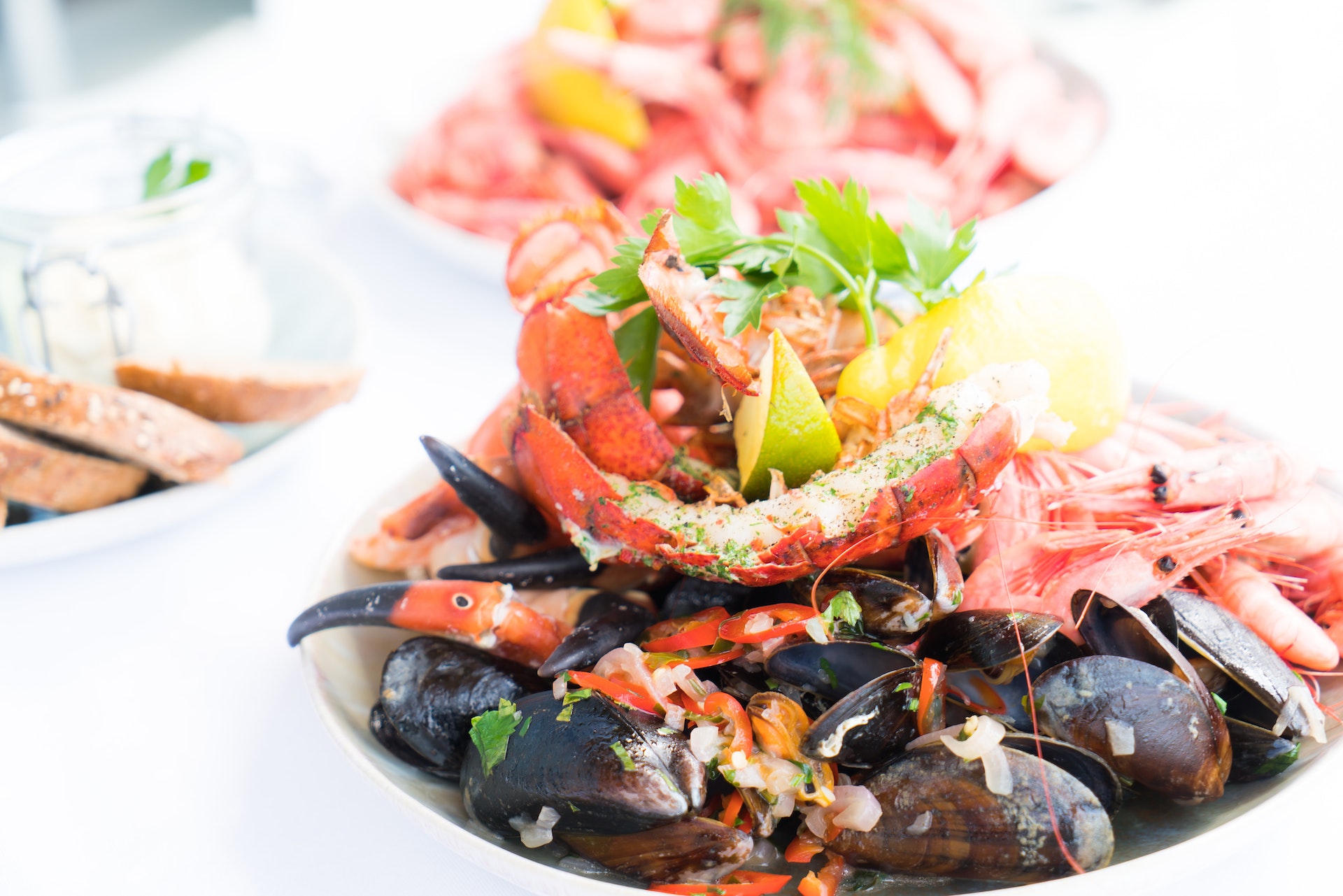If you are buying cases to keep your seafood fresh, you’ll want to consider the features and functions of different types. These features include the ability to customize them, cost, shelf life, and convenience. Keep reading to learn more. You may be surprised at how much difference these products can make.
Cost
A seafood merchandiser is ideal for displaying and promoting seafood. They combine excellent refrigeration and high-volume merchandising to present seafood products sophisticatedly. Made of steel and PVC-coated exterior, these cases have a sleek, contemporary appearance and can accommodate the high-volume demands of most establishments.
Seafood display cases are available in various models, including countertop, self-service, and full-service. Some models feature lift-up front glass and a tempered sliding glass door. Many models also have a rear work surface to access the display area easily. Countertop models are also available for smaller spaces.
Refrigerated seafood display cases come with built-in ice bins and a drain. These showcase areas are visually appealing and maintain optimal humidity and temperature. In addition, many models come with LED lighting, a large interior view, and anti-condensing systems.
Customizable
Customizable refrigerated seafood cases are an excellent way to protect your seafood products. These cases feature tempered glass sides and straight front glass. They also feature interior LED lighting for improved visibility. And, since they feature a condensing unit, they can be easily slid out for maintenance and cleaning. A tempered glass rear sliding door is also available for easy loading.
Customizable refrigerated seafood cases come in a variety of sizes and designs. You can choose a self-service model with a lift-up door or a full-service one with a fixed front panel and sliding glass doors. If space is an issue, you can also purchase a countertop model.
Shelf-life
Seafood is perishable and should be handled with care to maximize shelf life. They can spoil quickly and cause food poisoning if improperly handled. Therefore, it is essential to store seafood in a refrigerator at a temperature of between 0°F and 4°F. Refrigerating seafood will increase shelf-life and prevent dehydration. However, it is necessary to note that the shelf-life varies significantly from one species to another.
The shelf-life of refrigerated prepared seafood can range from two to four weeks. Before storing seafood, check the labels to ensure food safety. The title should list the type of seafood and the “sell by” or “use by” date. The brand will also include cooking instructions and storage guidelines. Keep refrigerated seafood refrigerated for the recommended amount of time or freeze it immediately after purchase.
HPP extends seafood’s shelf-life by inhibiting the growth of spoilage bacteria. It also slows unwanted chemical reactions that can cause off-flavors and intoxication. Another critical factor in developing the shelf-life of seafood is the choice of packaging material. For example, a multilayer polyester pouch will enhance shelf-life more than a low-density polyethylene pouch. Similarly, ethylene vinyl alcohol pouches are more effective in preventing oxygen access.
Convenience
A refrigerator seafood case has many advantages over a traditional display case. For example, the open design gives shoppers a better view of the product. In addition, it features a digital controller that keeps the case’s interior at a consistent temperature. The case also has a low-velocity forced air system that helps keep the product fresh.
Seafood display cases come in many styles and models. They may have lift-up doors or open fronts. Some models are self-service and feature sliding glass doors on the backside. There are also countertop models, which are perfect for small spaces. These units are easy to load and unload, ensuring that customers can see what they’re buying without taking time to reach the case.





